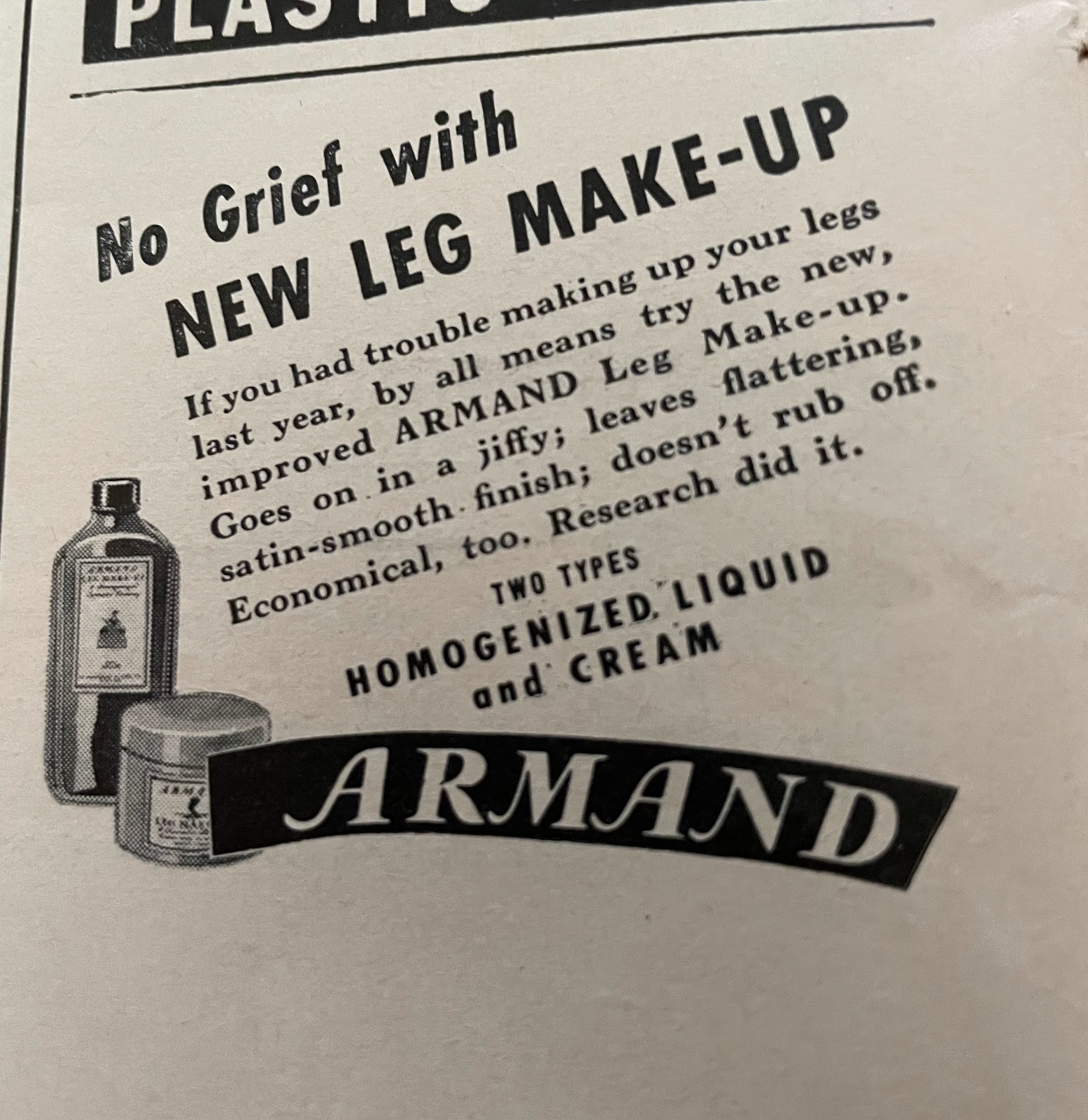I simply loved Katherine Marsh’s new release, The Lost Year. This middle grade novel connects a thirteen-year-old boy, Matthew, with his great-grandmother, who survived the Holodomor—Ukraine’s man-made famine of 1932/3. The strength in this book comes from the connection between young people and old people.
My own family connection to kulaks and Ukraine instantly attracts me to any book … fiction, non-fiction, adult or middle-grade … written on the subject. In her author’s note, in spite of numerous sources for her research, Katherine Marsh says that own family that served as her “emotional touchstone” (p. 346).
Putin now repeats Stalin’s approach by pitting families against each other. The history of almost a hundred years ago haunts us once again—families are being broken by the manipulative propaganda of a cruel regime. Kulaks, like my mother and her family, were the scapegoat back in the early 1930s. Jews were the scapegoat for the Nazis. Ukrainians are the scapegoat for modern Russia.
Marsh shows how the 1930s world was quick to believe Walter Duranty’s claim in the New York Times that the famine was exaggerated. The power of media continues to play a vital role in our world and it’s never been more at risk. Back in late March, 2023, the American journalist, Evan Gershkovich, accused of spying, was arrested in Russia. Back in 1933, Gareth Jones, a young Welsh journalist, reported on starvation in the Soviet Union and died under mysterious circumstances two years later. Journalism, truth-telling, is a dangerous job.
The Lost Year is also a novel about immigration and about connecting faraway places, times and family. Katherine Marsh weaves place, time and family together with spectacular skill. And she deftly ties the pandemic in there, too.
I’m grateful that books like this are not only being written, but also being noticed. The Lost Year is a must-read for anyone concerned about current events … or past.









